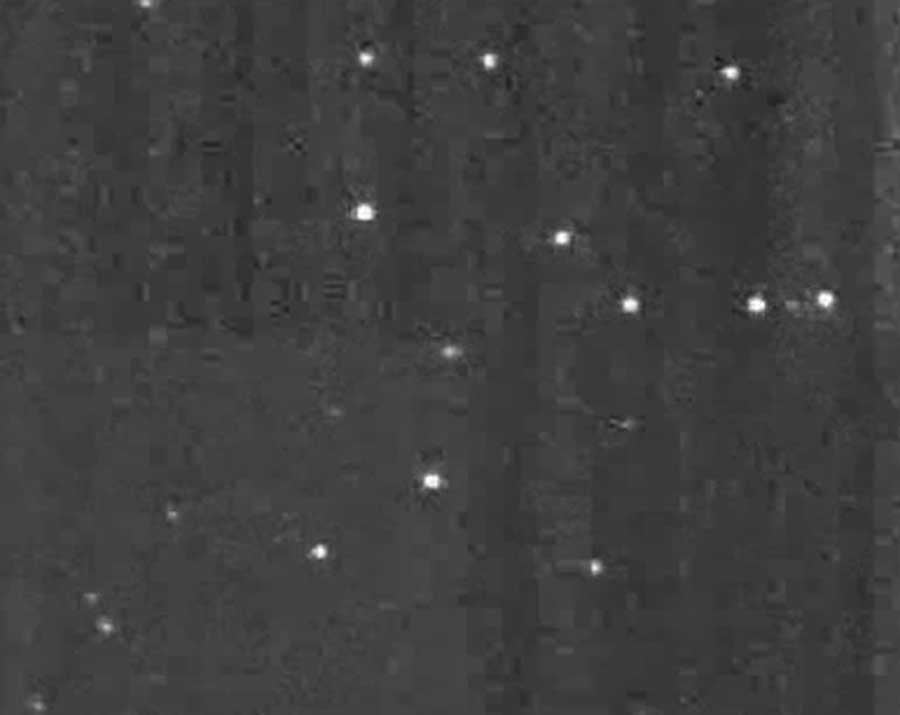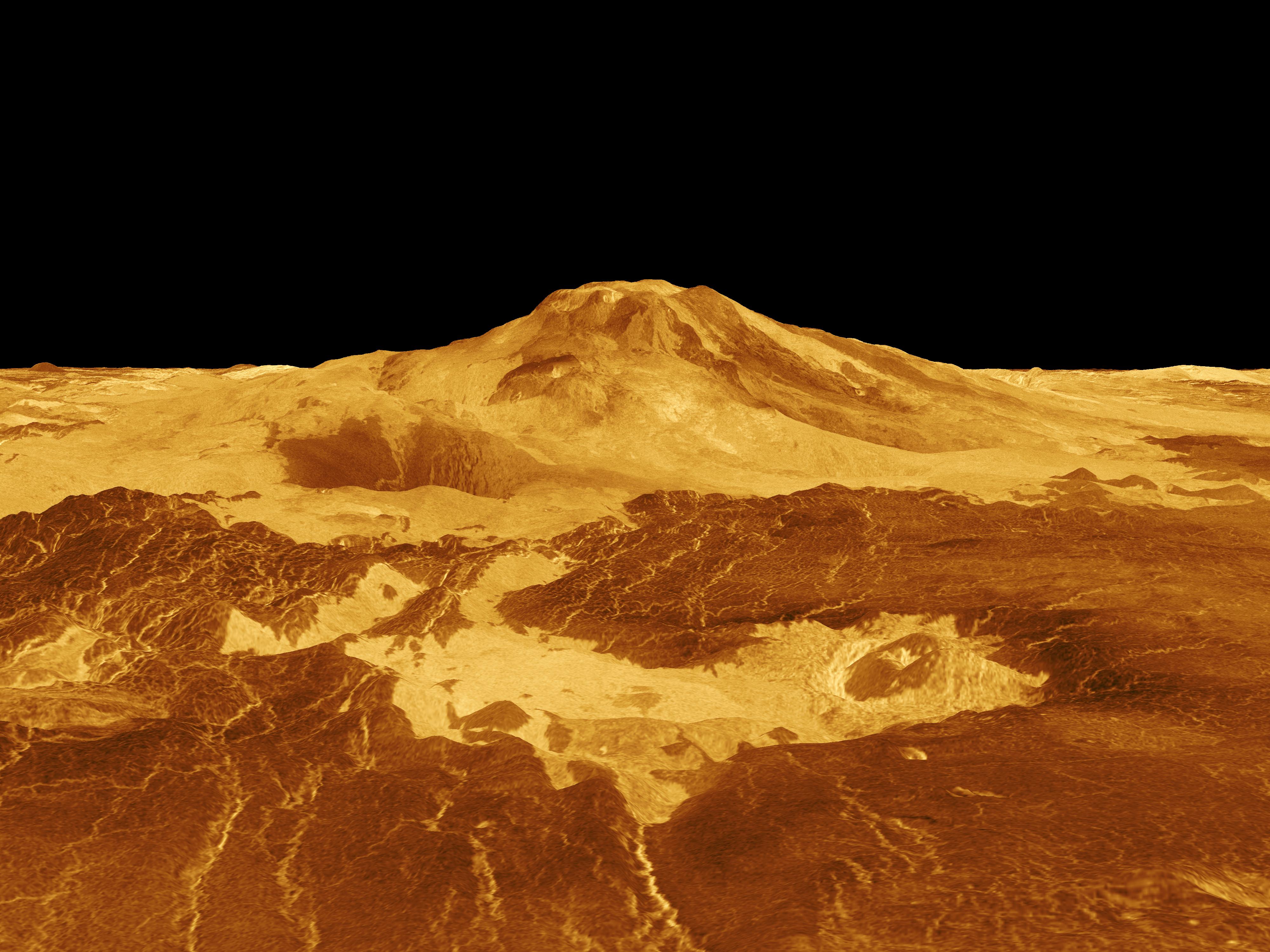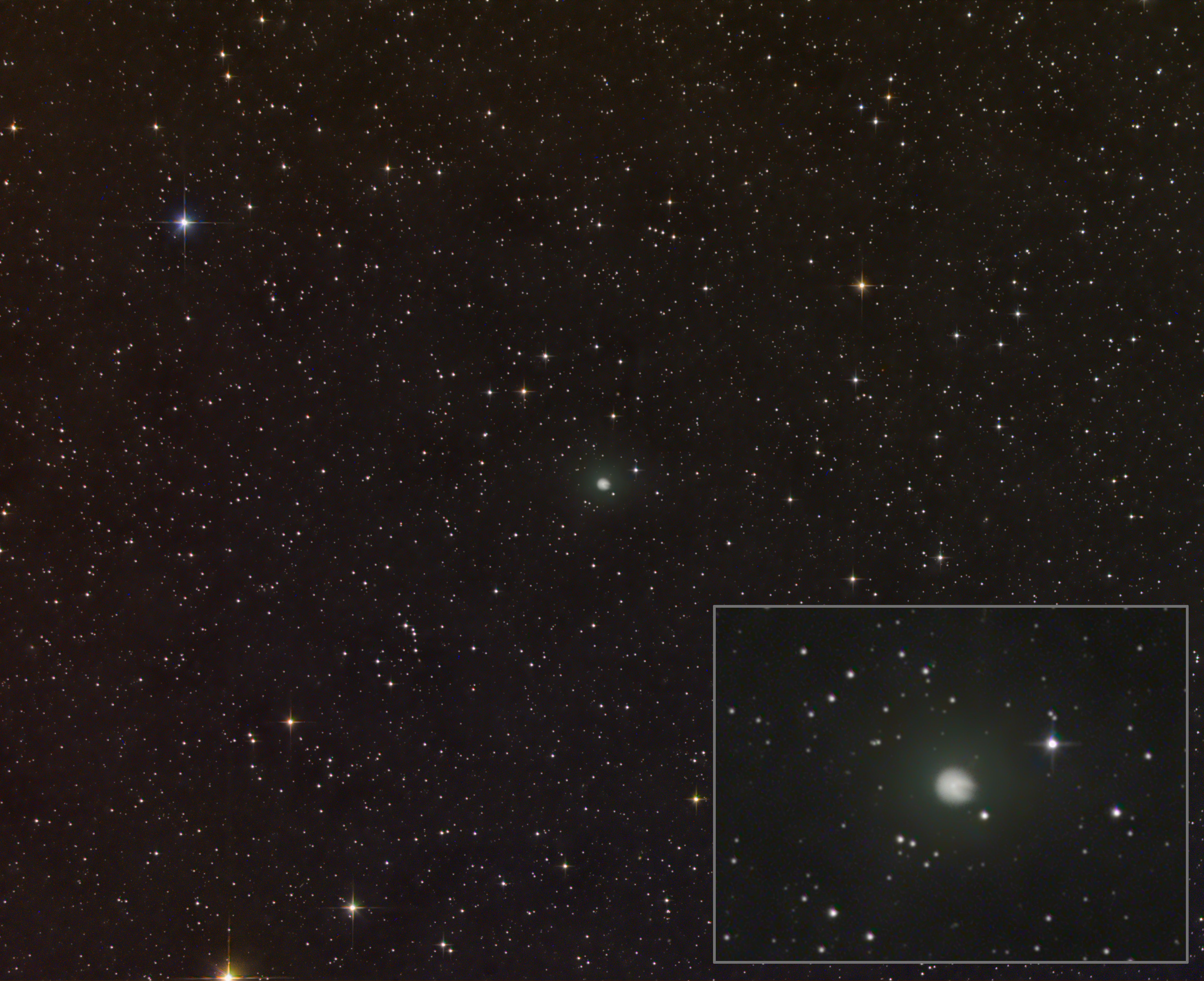“This is the fourth comet on which we have performed science observations and the farthest point from Earth from which we’ve tried to transmit data on a comet,” said Tim Larson of NASA’s Jet Propulsion Laboratory (JPL) in Pasadena, California. “The distance limits our bandwidth, so it’s a little like communicating through a modem after being used to DSL. But we’re going to coordinate our science collection and playback so we maximize our return on this potentially spectacular comet.”
Deep Impact has executed close flybys of two comets — Tempel 1 and Hartley 2 — and performed scientific observations on two more — Comet Garradd and now ISON. The Comet ISON imaging campaign is expected to yield infrared data and light curves, which are used in defining the comet’s rotation rate, in addition to visible-light images. A movie of Comet ISON was generated from initial data acquired during this campaign. Preliminary results indicate that, although the comet is still in the outer solar system, more than 474 million miles (763 million km) from the Sun, it is already active. As of January 18, the tail extending from ISON’s nucleus was already more than 40,000 miles (64,400km) long.
Long-period comets like ISON are thought to arrive from the solar system’s Oort Cloud, a giant spherical cloud of icy bodies surrounding our solar system so far away that its outer edge is about a third of the way to the nearest star other than our Sun. Every once in a while, one of these loose conglomerations of ice, rock, dust, and organic compounds is disturbed out of its established orbit in the Oort Cloud by a passing star or the combined gravitational effects of the stars in the Milky Way Galaxy. With these gravitational nudges, so begins a comet’s eons-long, arching plunge toward the inner solar system.
Two Russian astronomers using the International Scientific Optical Network’s 16-inch (40 centimeters) telescope near Kislovodsk discovered Comet ISON on September 21, 2012. NASA’s Near-Earth Object Program Office, based at JPL, has plotted its orbit and determined that the comet is more than likely making its first-ever sweep through the inner solar system. Having not come this way before means the comet’s pristine surface has a higher probability of being laden with volatile material just waiting for some of the Sun’s energy to heat it up and help it escape. With the exodus of these clean ices could come a boatload of dust, held in check since the beginnings of our solar system. This released gas and dust is what is seen on Earth as comprising a comet’s atmosphere — coma — and tail.
Comet ISON will not be a threat to Earth, getting no closer to Earth than about 40 million miles (64 million km) December 26, 2013. But stargazers will have an opportunity to view the comet’s head and tail before and after its closest approach to the Sun if the comet doesn’t fade early or break up before reaching our star.










